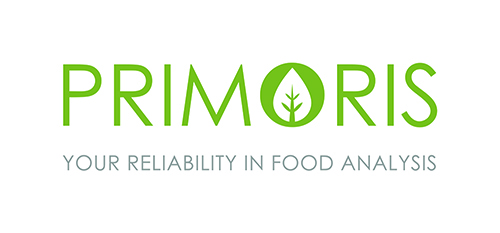|
 |
Newsletter #30 |
|
|
Launch of updates in our reporting options and tolerancesOn 2 November we've activated two important updates in our reporting options and tolerances that we offer you:
1. Addition of risk intake calculation through PRIMo model
When requesting a residue analysis, you can indicate at the registration of your sample that you wish a report including a risk intake evaluation. In case the Maximum Residue Limit of a substance finding has been exceeded, it is important to verify whether there is problem for the health of the consumer. Primoris supports you in risk analysis after a positive finding. We offer different ARfD reporting options with evaluation systems to analyse if there could be a risk for the public health involved. What is ARfD? The ARfD is defined as "an estimate of the amount of a substance in food or drinking water, normally expressed on a bodyweight basis, which can be ingested in a period of 24h or less without appreciable health risks to the consumer on the basis of all known facts at the time of the evaluation" Addition of PRIMo report – based on the EFSA Pesticide Residue Intake Model
For extranet users, the new reports can be requested by selecting one of the new descriptions during the online registration of your sample:
If you have installed templates in Extranet, these are automatically updated to the new report types. 2. Introduction of FDA legislation in reportingSince 2 November, you are able to select for free a new feature in the reporting options for your samples: you can check the analytical results against the residue legislation of the United States.
More infoContact your market manager or our customer care service if you wish more info about the different reporting options:
|
|
|
|
